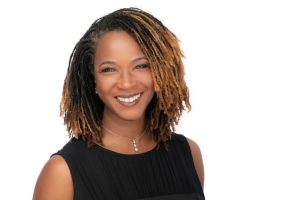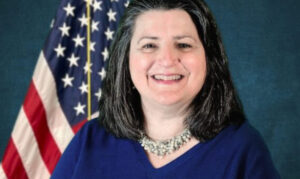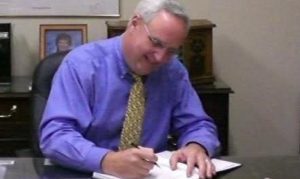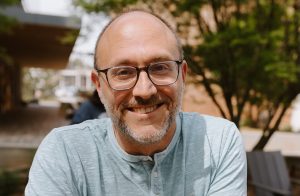[Editor’s note: Last fall, I attended an informational seminar at Piedmont Fayette Hospital in which Dr. Jim Sams spoke without notes about what he wanted to see happen in healthcare. Afterwards, I asked him to write a column about what he described. Here is that column.]
The tradition and soul of medicine
Fayetteville is home. My Mama and Daddy were old country doctors here in the 1950s, bouncing along on dirt roads to see their patients.
Healthcare was a lot different in those days. They’d show up at your door with a little black bag, and they knew your name and your kids’ names. That was some of the best care you could get.
Medicine for my Mama and Daddy was a unique mix of intellect and soul. They were brilliant people and could have done anything. But they each had a servant’s heart. That’s why they chose to do what they did and chose to do it in this community. Everything I believe about being a physician, I learned from them.
Patient-centered care and medical teams
The house call used to be effective back in the 1950s. But times have changed. Things are better and worse. We have many technological advancements that have improved our ability to diagnose and treat the most complex diseases and illnesses.
But with advancement came complexity. Patient-centered care was a critical component of my parents’ medical practices. Health insurance didn’t exist then. If you couldn’t afford $3 for the visit, you worked something out and got the care you needed.
My vision for healthcare is all about focusing on the patient. People are showing up in our emergency rooms every day racking up expensive medical bills for complications from chronic conditions that should have been managed better.
Let’s say a guy walks into the ER suffering from the flu. He should be able to find the appropriate provider whether it’s a physician or another member of the care team.
While he’s being treated for the flu, we should also make sure he has a colon cancer screening and has his cholesterol checked.
That kind of care should occur at every point in the continuum. It’s how we will avoid complications from chronic conditions that could have been managed earlier.
We must keep in mind that guy with the flu may be working two jobs to make ends meet. I run into patients like that all the time. Saturday or Sunday may be the only days they can seek care.
Many hospitals will demand that those patients meet us on our turf, on our terms, at a time when it’s convenient for us. As we build the patient-centered model, we must meet them where they are and ensure that availability and accessibility are there.
We need to let doctors be doctors. With all of the complexity in medicine these days, doctors are wearing too many hats. Their schedules are filled with work that isn’t physician-related.
We’re making our doctors assume the roles of pharmacists, insurance specialists, social workers, and business men and women.
I’m advocating team-based care where physician’s assistants, nurse practitioners, nurse educators and behavioral specialists assist with those duties and help physicians focus on what they’re uniquely trained to do.
Medicare Advantage and seniors
As a doctor, I’m excited about my role in a new partnership that is helping bring my vision of healthcare delivery to life. Because Piedmont WellStar HealthPlans is committed to allowing doctors to focus on helping you stay healthy and live well, I agreed to be co-medical director while continuing on as chief medical officer for the Piedmont Clinic and caring for patients in my Fayetteville clinic.
One program I’m particularly proud of is our Piedmont WellStar Medicare Advantage plan for seniors.
Traditional Medicare is failing patients and providers. Insurance companies, not doctors, are making decisions about your care.
Medicare Advantage plans like ours are the gateway to the future. We are eliminating gaps in care through collaboration between providers and effective use of information technology. People providing the care and those receiving it work together as a team which leads to people getting the right care as well as support to help them succeed at getting and staying healthy.
Patient care is improving, and we’re also lowering costs by not misusing, overusing or underusing our resources. These provider-based models are more affordable and sustainable, and they allow us to measure patient outcomes more effectively.
The health and wellness of patients in these plans are better, and we can prove that.
The art of medicine
I make decisions about my patients and craft care plans every day based on the science of medicine. But my Mama and Daddy were masters at the interpersonal relationship between physician and patient that makes the right thing happen for the patient — that is the art of medicine.
We need to let physicians practice the art of it more. We’re used to telling patients what they need to do, and then we’re off to the next patient.
We need to motivate our patients and offer the therapeutic piece where the encounter goes beyond telling them what to do. If I can get my patient to embrace her care plan, that’s where the art happens.
[James Sams, M.D., is chief medical officer for the Piedmont Clinic, co-medical director of Piedmont WellStar HealthPlans, and a board-certified physician practicing the science, and art, of internal medicine in Fayetteville, Ga.]











Leave a Comment
You must be logged in to post a comment.